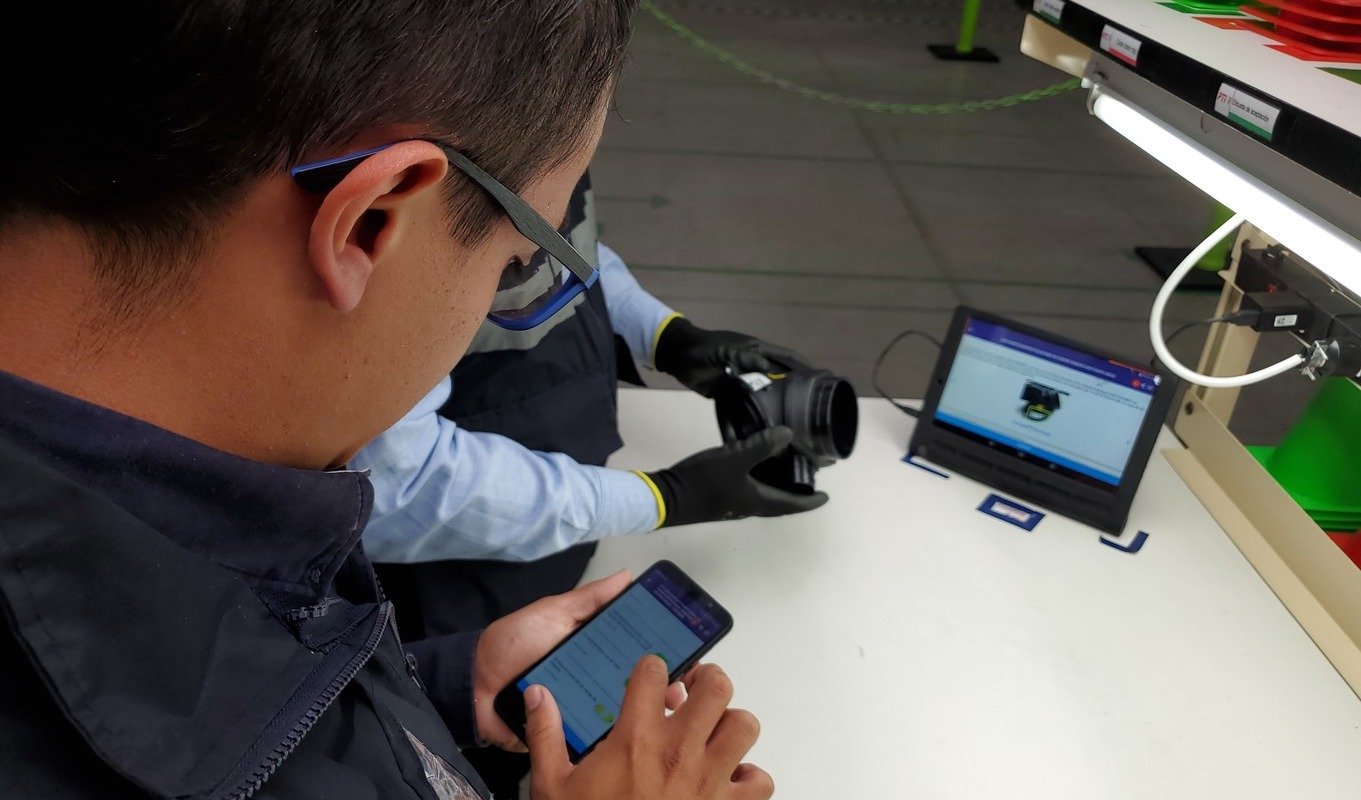While inspection is the first step in quality containment, it shouldn’t be the final one. The goal of a good containment plan is to uncover the root cause of a problem, not just to treat the symptoms. The sooner you can implement corrective actions, the better.

At the same time, the longer inspection drags on and containment efforts are required, the more cumbersome the issue becomes for your quality team. If your SQA Engineer is spending most of their time managing inspections, they don’t have time to evaluate process, iterate on previous changes, and implement improvements that can help create value for the organization. And if you’re not addressing the root cause of a quality issue, what’s to stop a new one from cropping up in the future?
To avoid this permanent state of inspection, here are several important elements to keep in mind.
Final Process Alignment
For a containment plan to be successful, it’s vital that both the manufacturing company and the containment team are fully aligned on all Tier 1 and OEM criteria and requirements for the inspection process. This alignment includes:
- Final goals for the duration of the engagement between the two parties.
- The metrics by which success will be measured throughout the engagement.
- Expectations for both parties in terms of communication and execution on process changes.
- How the containment team will work with existing quality team members and inspectors (if there are any existing contractors in place).
- Requirements by OEMs to which a company supplies parts and how that impacts inspection.
- Real catch rate based on the inspection method
- Other parts that could have the same defect (it’s possible other parts have the same risk for defect but have not yet been identified).
There are several important elements that help to ensure full alignment. Even in an emergency project where speed is of the essence, a well-prepared containment company will have much of this outlined in advance to help expedite the execution of a plan.
Prevention Plans
Successful containment should simultaneously address the immediate issue that is disrupting the supply chain and help develop a prevention plan that identifies and minimizes the risk of new issues. This can be done through:
- Data analysis that evaluates the impact of previous efforts and new processes as they are implemented.
- Process review that takes into account both internal and external factors, including training, technology use, and inspection effectiveness.
- Engagement of leadership across departmental silos to both communicate and facilitate change.
The goal of a prevention plan is to ensure future issues don’t recur and to uncover potential issues that might lead to new quality disruptions. A proactive approach can help alleviate the need for further inspection.
Redundant Inspection Plans
In some cases, if there are quality concerns with individual suppliers, either due to past performance or because of a persistent issue, redundant inspection may be needed. This can help isolate the customer from receiving non-conforming parts. This would be in addition to normal controls in the inspection process.
To avoid this becoming a permanent process, containment and proactive efforts may be required directly with the supplier, helping to address, remove, and prevent non-conforming parts in the future.
Emerging Issues and Alert Processes
A process should be in place so that when there is a new quality disruption, it can be addressed as quickly as possible. This system ensures standard work is applied to both suppliers and internal operations for communication of emerging quality issues. Considerations include:
- A clear path for identifying quality issues before they reach your facility.
- A means by which to quickly communicate with a supplier if a quality issue is detected.
- Geolocation technology to capture the location of specific issues both internally and with a supplier.
- A scale by which to measure and report the severity of a quality issue and the materials involved.
- Technology and tools to quickly communicate with anyone in the organization so that supply is not disrupted.
The faster a quality issue is identified, communicated to all involved parties, and addressed, the smaller impact it will have. This also helps to get inspections started sooner and ideally finished in full to return to normal operations.
Building a Containment Plan that Fixes the Problem
The sooner you shift your perception of containment from “band-aid” to “analysis and execution” you will start to see a greater return on your time investment. Your goal should be the reduction of recurrence of quality issues, and overall getting back to full production faster to reduce the impact on your company’s bottom line.
Traditional containment isn’t designed to do this. Many companies are purely reactionary and don’t always have the experience needed to deal with a complex process that involves an entire supply chain.
 PTI’s Quality Services Platform is designed to leverage Industry 4.0 technology and provide a more comprehensive, start to finish containment process that uncovers root causes, proactively helps avoid future issues, and generates value throughout your organization. Learn more about what a successful containment plan looks like in such a system in our eBook:
PTI’s Quality Services Platform is designed to leverage Industry 4.0 technology and provide a more comprehensive, start to finish containment process that uncovers root causes, proactively helps avoid future issues, and generates value throughout your organization. Learn more about what a successful containment plan looks like in such a system in our eBook:



